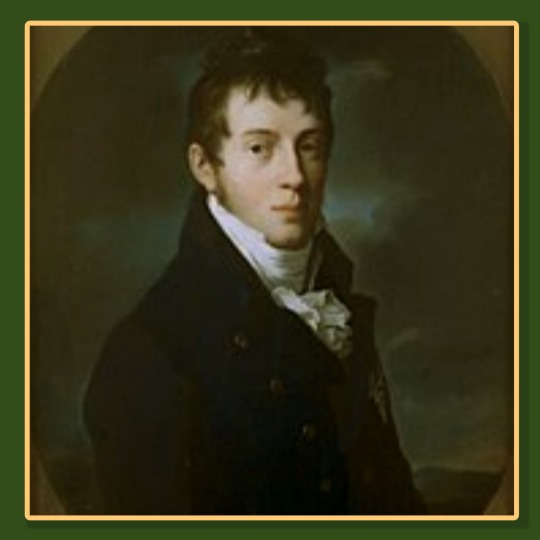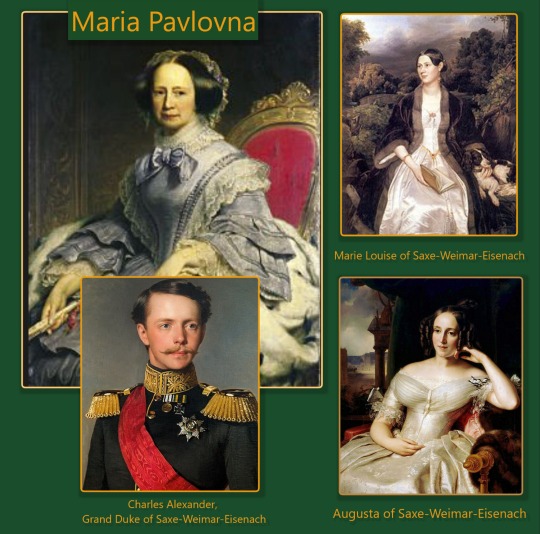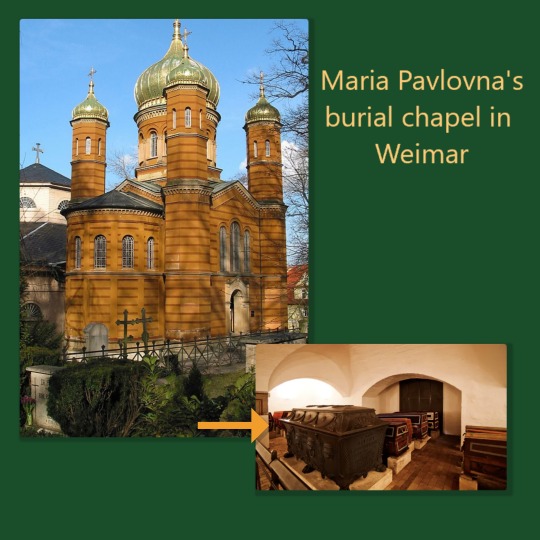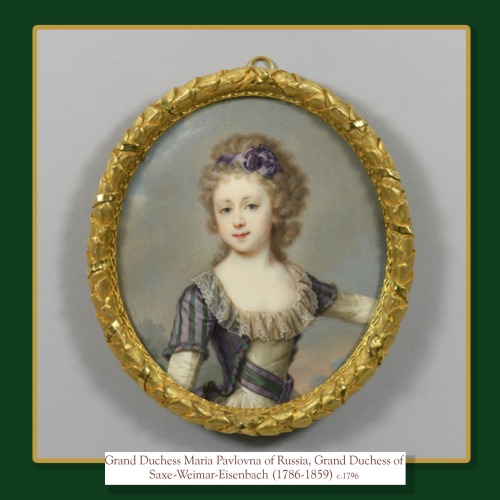#saxe-weimar-eisenbach
The Grand Duchesses: The daughters of Tsar Paul I: Part III: Grand Duchess Maria Pavlovna (1786 - 1859) “The Pearl of Russia”
Maria Pavlovna was the third daughter of Emperor Paul I. Although Catherine the Great was still alive when the little girl was born, the parents finally got to name one of their children after the mother (Maria Feodorovna!) - Catherine had chosen the names for their first daughter (Alexandra in honor of Paul’s older son, the future Alexander I) and their second daughter (Elena, after Helen of Troy because the little girl was so beautiful.)
When Maria was a very young child, she was given a vaccine for smallpox as a result of which she contracted the disease. She was left badly scarred, so she was not pretty as a youngster. She was an intelligent, forward, tomboyish child, leading Catherine the Great to say that, because of her marred looks and her personality, she should have been born a man. But by the time she was an adolescent, the scarring had faded, and “Masha,” was considered pretty, if not beautiful. Although she was forceful, she was also cheerful and social. Maria became a gifted pianist and painter. Through her love of reading and studying she also became very cultured. All of these qualities lead her to be her father’s favorite daughter. He called her “The Pearl of Russia.”
In 1803, Prince Charles Frederick, heir to the Duchy of Saxe-Weimar-Eisenach was invited to Russia, as part of the negotiations for a possible marriage between him and Maria. He spent almost a year in Russia, getting to know his future bride. They proved to be compatible and were married in Pavlovsk. The couple spent their honeymoon in Pavlovsk and from there Maria and her husband headed to her new home.


She was received in Weimar with great joy. Weimar was a poor but very cultured country. The court and the intellectuals fell in love with the Russian Grand Duchess, who seemed to have the gift to charm everybody. With her arrival at Weimar, the small country underwent a cultural re-awakening.
Unfortunately, the arrival of Maria in Weimar coincided with the rise of Napoleon Bonaparte in France and during the succeeding years, the duchy found itself under constant threat due to Napoleon’s expansionist ambitions. They had to leave their country several times but always returned. Weimar benefited from its close association with Russia through their adoption of Maria as one of their own and probably remained independent because of it.
Maria never stopped studying. Through her life she corresponded with several famous writers, poets and painters. She conducted very popular literary evenings (or “salons”) in her home. She became a patroness of the arts, science and social welfare. She founded a museum. She supported the establishment of a horticultural institute as well as the creations of workhouses and training programs for the poor. She was called the “Angel of the Poor.” Goethe declared her one of the greatest and most outstanding women of his time.

Maria Pavlovna always maintained strong ties to her Russian family. Her opinions on Russian affairs were valued and taken into consideration. She was considered a second mother to her younger siblings including Nicholas I, who always held her in great regard. Maria was very affected by his untimely death. Her last visit to Russia was for the coronation of her nephew, Alexander II.
Her marriage was not perfect because her husband’s interests were different hers, but he considered her an asset and they remained together until his death in 1853.

Maria and Friedrich had four children: 1. Paul Alexander, who died when he was a baby, 2. Marie Louise Alexandrine of Saxe-Weimar-Eisenach, who married Karl of Prussia, 3. Augusta Louisa Katherine of Saxe-Weimar-Eisenach, who married Wilhem I and became German Empress and 4. Karl Alexander August Johann of Saxe-Weimar-Eisenach. After her husband died, she retired from public life.

Grand Duchess Maria Pavlovna died at age 73, six years after her husband. She is buried in Weimar.

Post link

